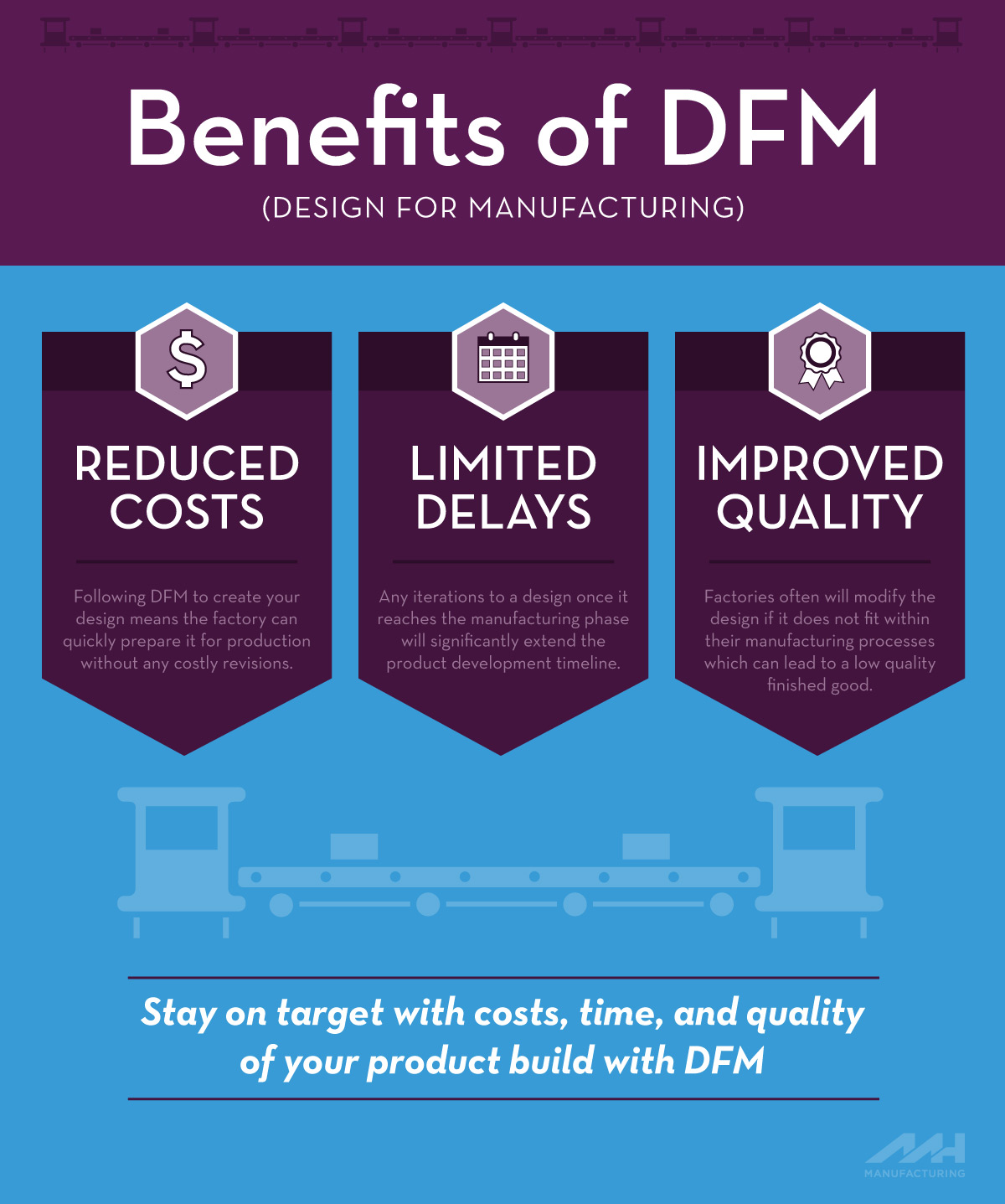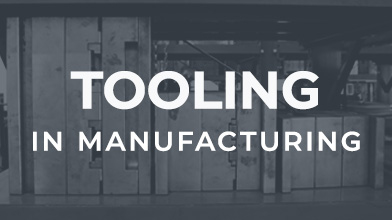
Far too often, the group that engineers the product either does not consider, does not know, or perhaps does not care about how that product is going to be manufactured and assembled. This leaves the manufacturing team to “just figure it out” or “get it done.” Ultimately, it is the company that is selling the product and the end user of the product that pay for this lack of collaboration and efficiency. Designing your product so that it can be manufactured and assembled smoothly before it even reaches the manufacturing phase is known as DFM, or Design For Manufacturing.
When designing a product for the first time, there are many aspects to consider beyond your product's function. Engineers need to consider what parts are selected for the bill of materials (BOM), how they all fit together, and how the finished product will be programmed and tested. These key items will dictate how much your product will cost to build. If you select premium or custom parts to be used or if your design is very complicated and does not assemble easily, your total product cost will be much higher than anticipated.
Reduce Costs with DFM
To keep costs under control, it is critical to start thinking about how your product will be manufactured before you set pen to paper (or hand to mouse). This idea, known as the acronym DFM, allows the product to be designed in a way that will allow for easy manufacturing when it comes to tooling and mass production. DFM takes into account the guidelines and restrictions that come with manufacturing, meaning if you follow those limitations, your product will be easier and less expensive to build.
To take the design one step further, product designers should consider DFMA, or Design for Manufacturability and Assembly. The difference between DFM and DFMA is that DFMA additionally optimizes how the product and its component parts will be assembled. An assembly drawing of the product will show all the parts and how they go together. It's up to the product designer to lay out the product so that the components can only be put together in single fashion to ensure fail-safe assembly. Furthermore, the designer's use of fasteners or adhesive bonding will affect the ease of assembly. An assembly that is straightforward and simple will result in lower production costs.
Improve Quality with DFM
Besides overall lower manufacturing costs, why is DFM important? Designing for manufacturing from the beginning stages allows for more control over the finished product. If a product does not translate well to being manufactured at a production facility, often times the factory will modify the design to fit within their manufacturing processes. This can lead to unintended errors or having the finished product not meet quality expectations. To avoid factory engineers compromising your product design, it is best to consider DFM and present a ready-to-manufacture design package.
Limit Delays with DFM
Another reason DFM is important is to maximize efficiency over the product development timeline. Product builds are a long process that can very easily get off-schedule. Once a product is ready to be built, any iterations to the design, whether made by the factory or by the product designer, will add on significant time. In addition to any setbacks caused by revisions to make the design manufacturable, there also will be additional time spent on formal approvals and updates to supplementary documentation.
The further along a product is in the development cycle, the more exponentially expensive it will be to make any changes. By considering how your product will be manufactured (known as DFM) even before you launch your CAD program, you’ll ultimately keep your product build costs in check, retain control over your product design once it gets handed over to the production facility, and save precious time during the manufacturing phase.

If you take anything away from this article, take this: DFM is not optional! DFM will happen at some point in the development cycle of your product. The key questions to consider are:
- Who will manage the DFM process? (engineering or manufacturing)
- How long will it take? (up front or concurrent to the design process OR later in the development phase when you are trying to get a product to market for the holiday shopping season)
- How much will it cost? (the later it is considered in the development cycle means more $$$!)
Keep your product build timeline on track and on budget by designing for manufacturing from the beginning. If you or your design team do not have experience or expertise in DFM, there are great resources available to learn how to identify and qualify reliable partners that you can count on.
References
- DESIGN FOR MANUFACTURABILITY. DAVID M. ANDERSON, "DESIGN FOR MANUFACTURABILITY; HOW TO USE CONCURRENT ENGINEERING TO RAPIDLY DEVELOP LOW-COST, HIGH-QUALITY PRODUCTS FOR LEAN PRODUCTION"
- WIKIPEDIA. DESIGN FOR MANUFACTURABILITY
- LINKEDIN PULSE. WHAT IS DESIGN FOR MANUFACTURING (DFM)? (OR DESIGN FOR ASSEMBLY (DFA))


